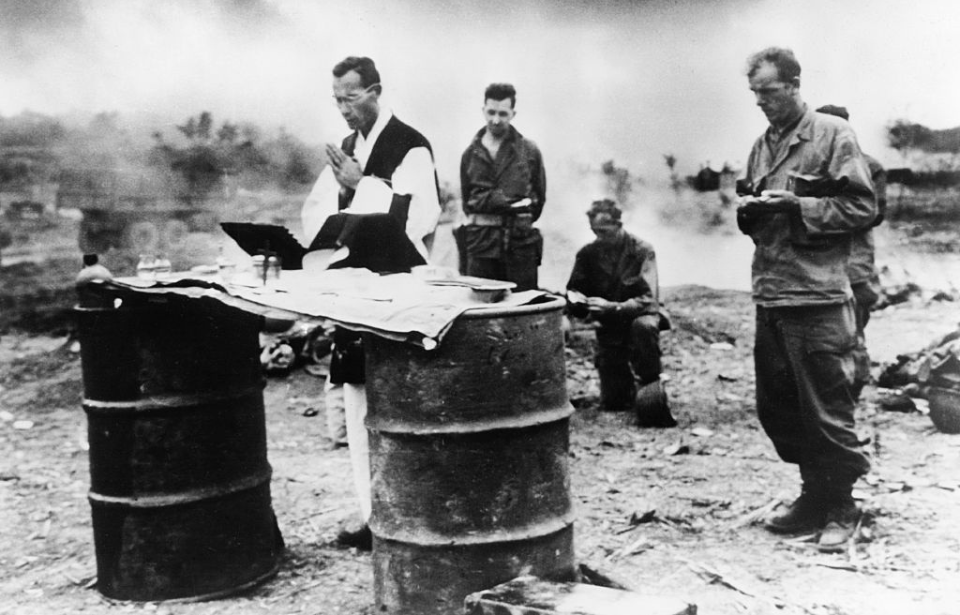The Battle of Ie-Shima from April 16-21, 1945 was a crucial engagement in the Pacific Theater during the latter stages of World War II. Fought between the United States and Japan, it was part of the second phase of the Okinawa Campaign and marked a turning point in the region, setting the stage for the ultimate defeat of the enemy forces.
Ie-Shima held strategic significance, as it was a launching point for Japanese aerial attacks on the Allies. The island’s defenders, composed of a determined Japanese garrison, utilized a network of fortified positions, caves and underground tunnels, creating a formidable challenge for the American troops.
The US Army’s 77th Infantry Division spearheaded the assault on Ie-Shima, with the battle marked by intense fighting; the US forces faced fierce resistance from well-entrenched Japanese troops. The rocky terrain and cave systems further complicated the Allied advance, leading to a grueling engagement.
The resolve and determination of the American forces prevailed, with them securing control of Ie-Shima only a few days later. However, the battle exacted a heavy toll on both sides, hence why the above photo shows a clergyman praying for those who fell during combat. It’s unclear if this was taken during or after the fighting ended.
The 77th suffered over 1,000 casualties, including well-known war correspondent Ernie Pyle. The Japanese defenders fought tenaciously until the bitter end, with only a handful surrendering and their death toll hitting around 4,700.
More from us: These Nurses Had a Front Row Seat to the Battle of Monte Cassino
Nevertheless, the Battle of Ie-Shima dealt a severe blow to Japan’s ability to counter the Allied advance.
